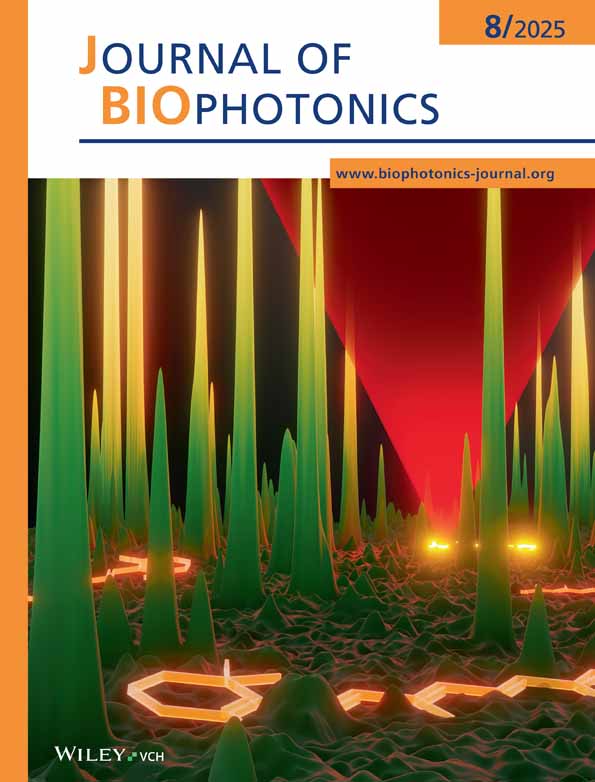Spectral imaging for precise surgical intervention in Hirschsprung's Disease
Abstract
We used advanced spectral imaging for intrasurgical decision making in a preclinical study, on a mouse model of Hirschsprung's Disease. Our imaging device sampled areas from normal and abnormal (aganglionic) colon in these animals. Spectral segmentation and classification of the resulting images showed a clear distinction between the normal and aganglionic regions, as confirmed by pathological analysis and use of mutant mice. We developed a simple algorithm that could distinguish normal from aganglionic colon with high spatial resolution and reproducibility, and the following statistics: sensitivity = 97%, specificity = 94%, positive predictive value = 92%, negative predictive value = 98%. These studies showed translational proof of concept that spectral imaging could be used during operations, in real time, to help surgeons precisely distinguish normal from abnormal tissue without requiring traditional biopsy. (© 2008 WILEY-VCH Verlag GmbH & Co. KGaA, Weinheim)




